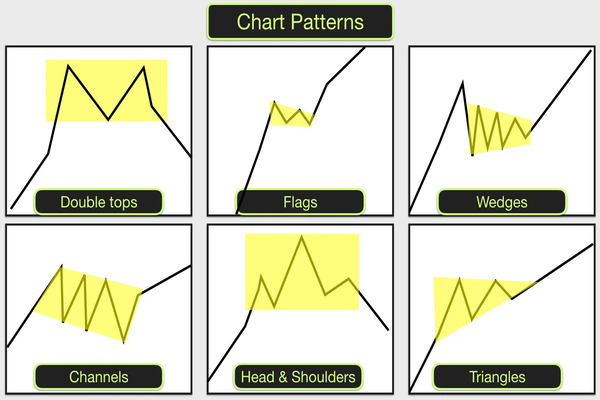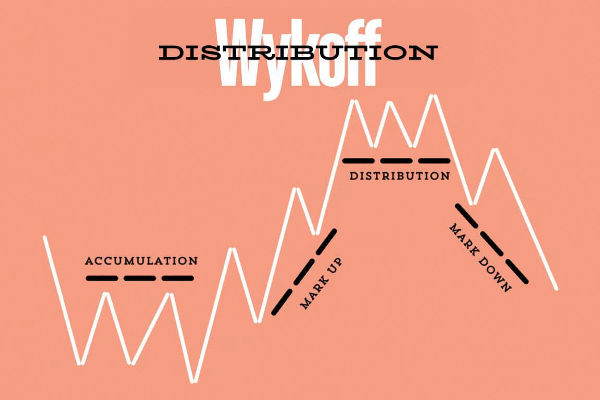The spot market is an international financial market and has become a hedging
Trading Product. The trading volume is relatively large and will not be
manipulated by the market makers, so it is also a fair and just market. Of
course, novice investors need to learn and understand basic trading knowledge to
enter the spot market, and they must do a good job in spot trading before they
can do a good job in spot trading in order to obtain the benefits of spot
trading.
Spot trading refers to the trading method of directly buying and selling
physical commodities or financial products on the exchange or over-the-counter
market. Unlike futures trading and option trading, spot trading is a real-time
delivery trading method where both buyers and sellers deliver goods and pay for
goods immediately after the transaction is completed.
Spot trading can involve various commodities, such as agricultural products
such as gold, Crude Oil, soybeans, and cotton, as well as financial products
such as foreign exchange and stocks. Investors can directly participate in the
market through spot trading, enjoy real-time price fluctuations, and make
investments based on this to obtain profits.
When conducting spot trading, investors need to understand the following
basic knowledge:
1. Trading Partner
The objects of spot trading can be various physical commodities, such as
crude oil, gold, silver, soybeans, cotton, etc., as well as financial products,
such as stocks, bonds, foreign exchange, etc. Different trading partners have
different characteristics and risks.
2. Trading method
Spot trading can be conducted on exchanges or in the over-the-counter market.
An exchange is a centralized trading venue where both parties engage in trading
through the exchange's trading system. The over-the-counter market refers to
direct trading between both parties without the participation of
intermediaries.
3. Transaction time
The time of spot trading is generally during the opening time of the
exchange, which varies depending on the different exchanges and trading
partners. The trading time in the over-the-counter market is generally more
flexible and can be determined through negotiation between the trading
parties.
4. Transaction Price
The price of spot trading is determined by the market supply and demand
relationship, and both buyers and sellers determine the trading price based on
market conditions. The fluctuation of transaction prices is influenced by
various factors, such as supply and demand relations, the macroeconomic
environment, policy changes, etc.
5. Transaction costs
The cost of spot trading includes transaction fees and transaction taxes.
Transaction fees are transaction fees collected by exchanges or brokers, and
transaction taxes are transaction taxes in accordance with national laws and
regulations.
6. risk management
Spot trading carries certain risks, and investors need to conduct risk
management. Risk management includes reasonable position control, stop-loss
strategies, and diversified investments. Investors can also use derivative tools
for hedging operations to reduce risk.
7. Trading Strategy
Spot trading requires the development of reasonable trading strategies.
Trading strategies include two methods: technical analysis and fundamental
analysis. Technical analysis predicts market trends by studying technical
indicators such as price trends and trading volume, while fundamental analysis
predicts market trends by studying fundamental factors such as supply and demand
relationships and economic data.
Of course, in the introduction to spot trading, one should also have an
understanding of various aspects, such as the trend judgment of spot trading.
Only in this way can one invest and trade in the spot market. After
understanding and learning the basics, investors also need to do a good job of
simulating trading. After that, they can exercise their trading skills and
combine knowledge and practical operations to do a good job in spot trading.
Disclaimer: Investment involves risk. The content of this article is not an investment advice and does not constitute any offer or solicitation to offer or recommendation of any investment product.






